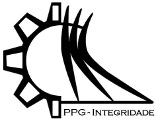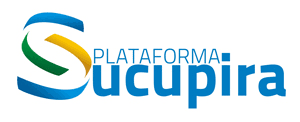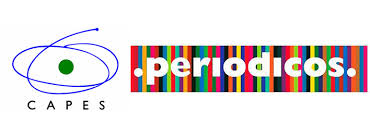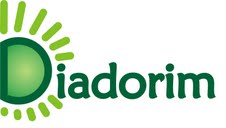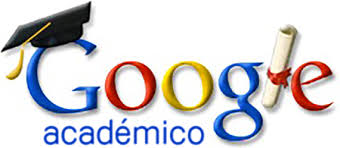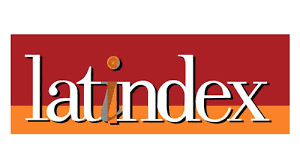O USO DA PLATAFORMA ASPEN DYNAMICS COMO FERRAMENTA COMPUTACIONAL NO PROCESSO DE PARTIDA DE COLUNAS EXTRATIVAS
DOI:
https://doi.org/10.26512/ripe.v2i27.14446Abstract
Abstract. A partida para uma coluna de destilação pode ser compreendida pelo período que se inicia no momento em que a matéria-prima é introduzida no equipamento, até a completa estabilização do processo. O estudo da etapa de partida para os processos de separação vem, ao longo do tempo, se tornando cada vez mais importante, uma vez que essa operação representa um dos processos mais complexos observados na prática industrial. Por esta razão, a coluna extrativa utilizada no processo de desidratação do etanol utilizando etilenoglicol como solvente foi utilizada como estudo de caso. O presente trabalho teve como objetivo simular a etapa de partida para o sistema sob investigação, como também o de avaliar seu comportamento dinâmico, evidenciando a importância dessa ferramenta computacional no ensino de engenharia. As simulações foram desenvolvidas com o auxílio dos softwares computacionais Aspen Plus e Aspen Plus Dynamics. De forma geral, pode-se concluir que o respectivo trabalho evidenciou a importância da simulação computacional como ferramenta auxiliar na assimilação e na aprendizagem dos conceitos de engenharia. Keywords: Simulação, Partida, Coluna extrativaDownloads
Published
Issue
Section
License
Given the public access policy of the journal, the use of the published texts is free, with the obligation of recognizing the original authorship and the first publication in this journal. The authors of the published contributions are entirely and exclusively responsible for their contents.
1. The authors authorize the publication of the article in this journal.
2. The authors guarantee that the contribution is original, and take full responsibility for its content in case of impugnation by third parties.
3. The authors guarantee that the contribution is not under evaluation in another journal.
4. The authors keep the copyright and convey to the journal the right of first publication, the work being licensed under a Creative Commons Attribution License-BY.
5. The authors are allowed and stimulated to publicize and distribute their work on-line after the publication in the journal.
6. The authors of the approved works authorize the journal to distribute their content, after publication, for reproduction in content indexes, virtual libraries and similars.
7. The editors reserve the right to make adjustments to the text and to adequate the article to the editorial rules of the journal.


